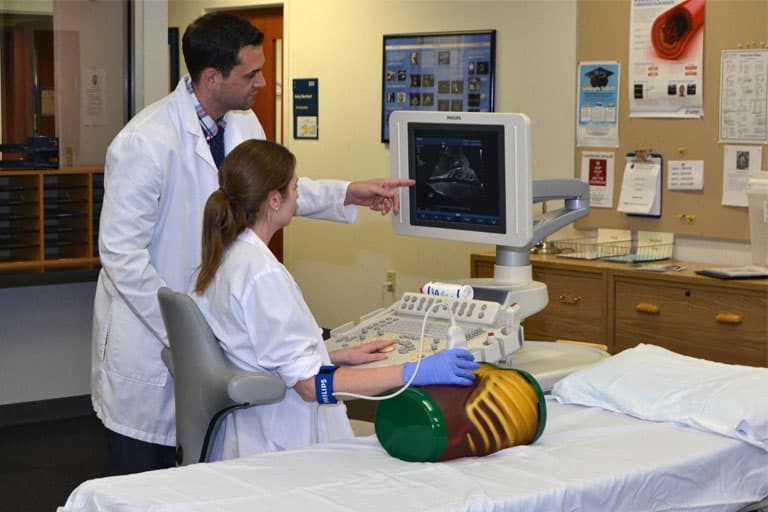

There are two main routes to becoming an MRI Technologist: The more traditional route is to earn an associate or bachelor’s degree in radiography and later specialize in magnetic resonance imaging.įor those who want to focus solely on MRI, it’s also possible to earn a certificate, associate, or bachelor’s degree in MRI Technology. Like in any career, extra certification from accredited programs, work experience, and even your location play a massive part in your income. The average ultrasound tech salary hovered at an impressive $72,500, while the lowest 10% earned $51,000. You don’t want to spend time and money if the recompense isn’t worth it – but for MRI and DMS techs, the juice can certainly be worth the squeeze.Īs of May 2018, the median salary for MRI techs was more than $71,000, with the lowest 10% earning just over $50,000.

As for DMS techs, the biggest employers are state/local hospitals (60%) as well as private physicians’ practices (20%). You’ll most often find MRI technologists in hospitals (60%) and medical laboratories (20%), owing to the need for large and expensive equipment. Not only that, but through 2026, the market is set to grow by 12% and 17%, respectively. In the United States, all allied health careers are set to grow over the coming decade.Ī lot of this comes down to an aging Baby Boomers who are in worse health than previous generations and make up around 25% of the population.Īpproximately 36,000 MRI technologists were employed in 2016, compared to 67,000 diagnostic medical sonographers. What’s the Job Market Like for MRI and Ultrasound Techs?


 0 kommentar(er)
0 kommentar(er)
